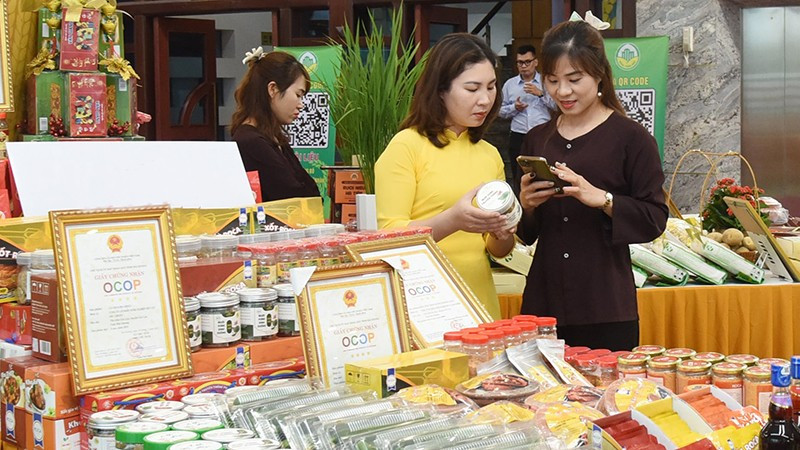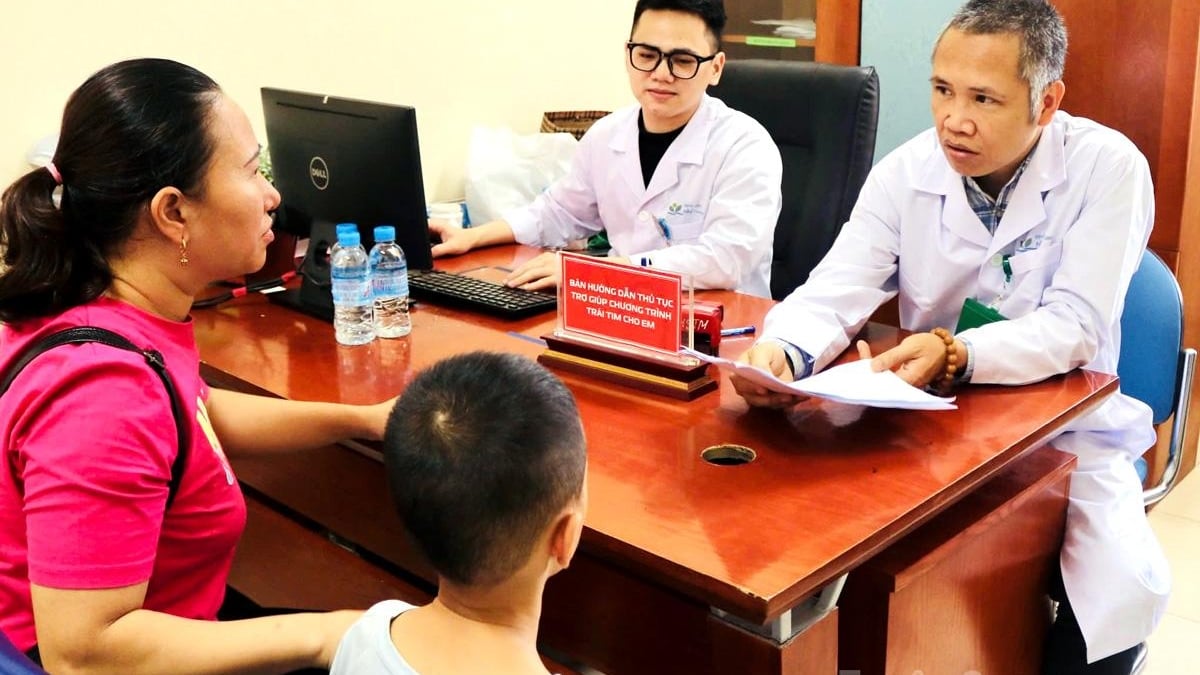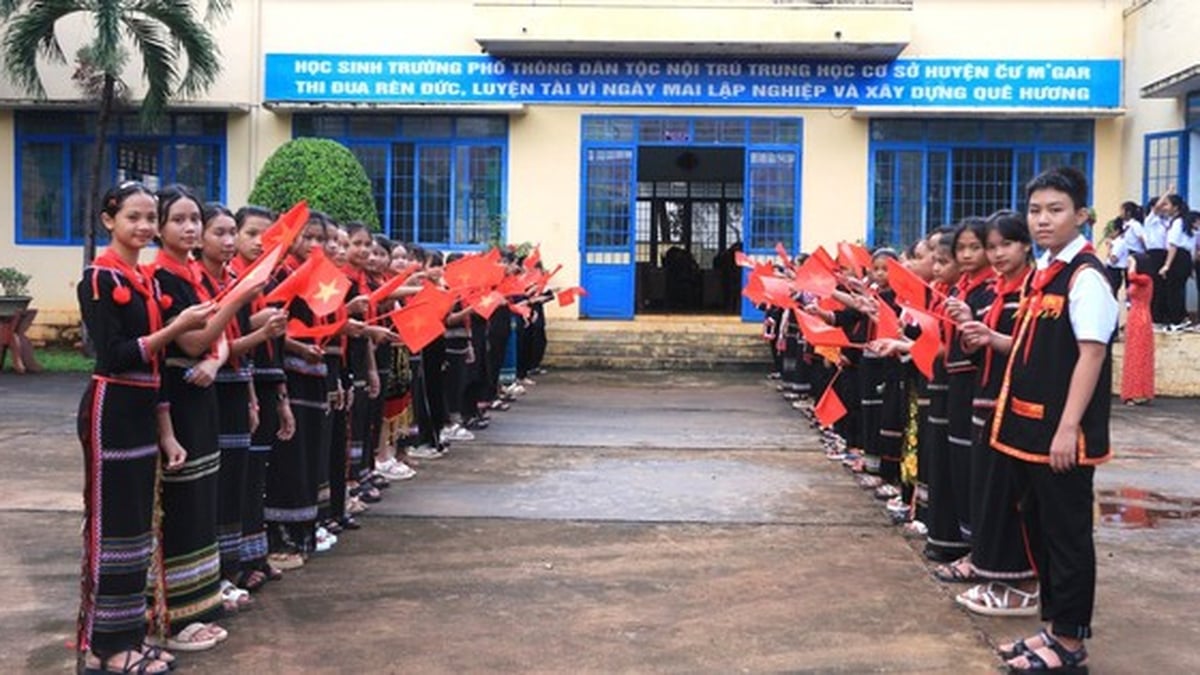
Instead of dividing products into groups 1 and 2 as before, the Law amending and supplementing a number of articles of the Law on Product and Goods Quality defines 3 risk levels: Low, medium and high, with appropriate monitoring mechanisms for each group.
For example, for low-risk goods, businesses are allowed to self-declare applicable standards.
Medium risk groups must self-assess or certify through an accredited conformity assessment organization.
High risk groups are required to be assessed by a designated organization, to ensure absolute quality and safety.
Mr. Ha Minh Hiep, Chairman of the National Committee for Standards, Metrology and Quality, assessed that the conversion of the risk-based quality management model prioritizes monitoring and post-inspection instead of pre-inspection to increase efficiency and reduce administrative intervention. This approach has been applied by many ASEAN and international countries.
High-risk products are required to be strictly managed. An important highlight of the Law is the mandatory requirement of traceability for all goods in the high-risk group.
The Law amending and supplementing a number of articles of the Law on Product and Goods Quality and the Law on Standards and Technical Regulations focuses on the application of digital technology , artificial intelligence (AI), and big data to modernize management, traceability, post-inspection, and improve enforcement efficiency.
Sharing at a meeting at the Ministry of Science and Technology on July 7, Mr. Ha Minh Hiep informed: “For the first time, the Law establishes a legal framework for national quality infrastructure (NQI), which is an ecosystem including standards, measurement, conformity assessment (including recognition), inspection and policy development.
The State will invest in building national quality infrastructure based on digital technology and AI, ensuring connection and data sharing between quality control agencies, customs, traceability, consumer feedback and international warnings to improve monitoring and early warning capacity.
Vietnam will establish a national database on standards, measurements, and quality, connecting ministries, sectors, localities, customs, business associations, and consumers.
In order to connect data between authorities, integrate consumer feedback, support post-audit and early warning of quality risks, the construction of a national quality monitoring system is also required to be deployed early.
According to the National Code and Barcode Center, there are 3 types of counterfeit goods currently on the market: fake brands, fake quality and fake origin. However, from January 1, 2026, products sold on e-commerce platforms are required to declare quality standard certification.
To ensure effective implementation in practice, in addition to the legal corridor, there needs to be a specific roadmap for investment in technology infrastructure, human resource training and an inter-sectoral coordination mechanism.
Deputy Minister of Science and Technology Le Xuan Dinh emphasized that the Law amending a number of articles of the Law on Product and Goods Quality and the Law on Standards and Technical Regulations marks a comprehensive innovation in the thinking and management methods of the field of standards, measurement and quality; in which, the Law on Product and Goods Quality fundamentally shifts from administrative management to risk management, from pre-inspection to post-inspection based on data and technology, and from incentive mechanisms to binding responsibilities, transparency and strict sanctions.
Synchronous implementation among ministries, sectors, localities and enterprises will be the key to transforming the quality management model from administrative to risk, not just a reform on paper.
Source: https://nhandan.vn/quan-ly-chat-luong-hang-hoa-bang-cong-nghe-so-post892999.html




































































































Comment (0)